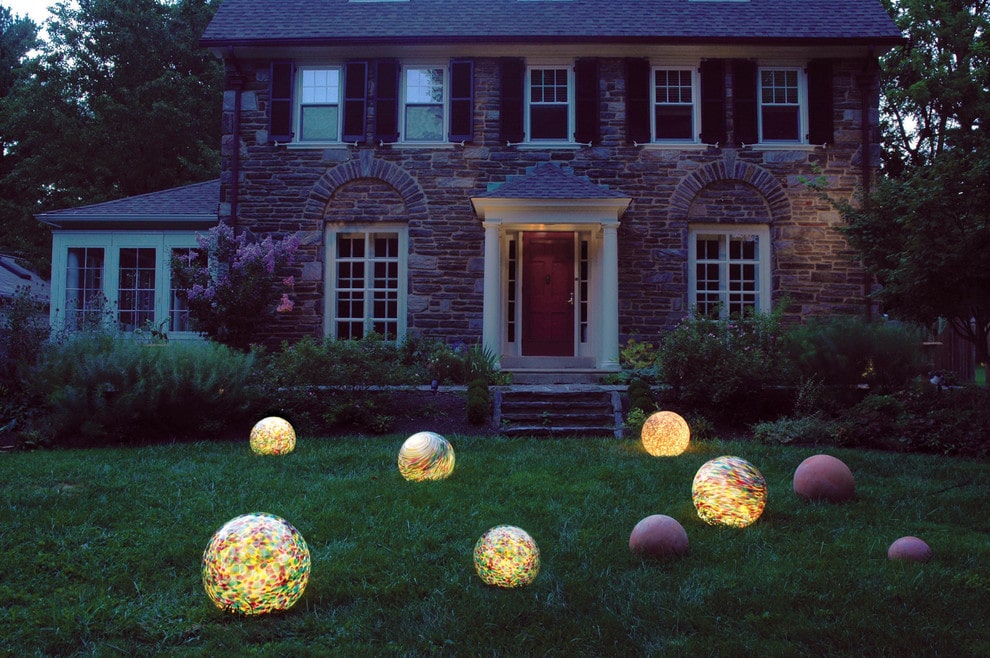
26 Sep Understanding Common Light Fixtures
A guide for knowing and applying light sources
You may not be a professional lighting designer, but you understand the importance of layering light. It’s the secret behind turning a standard home 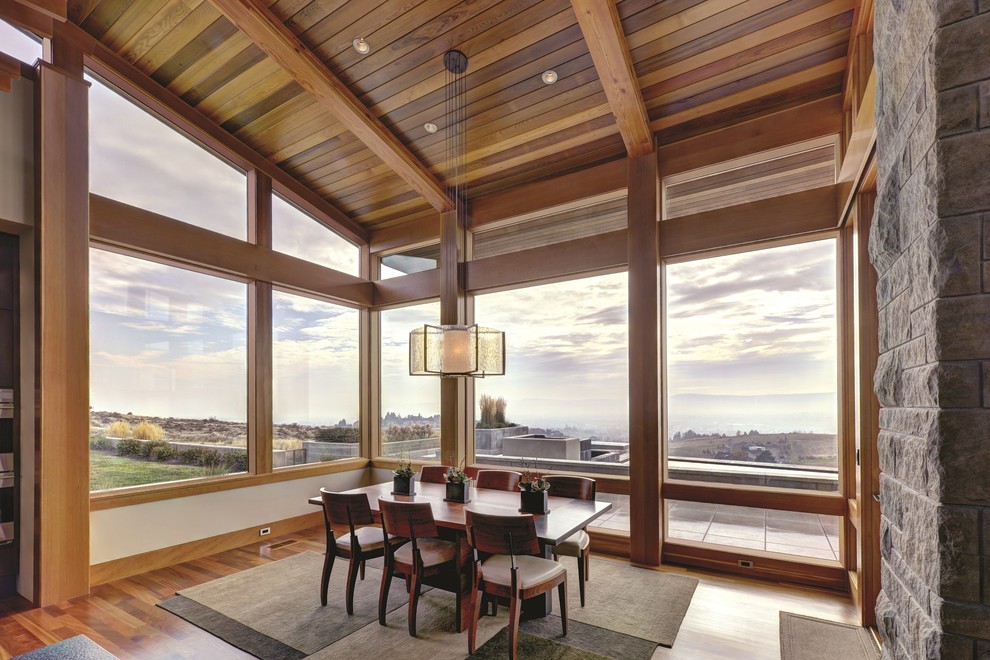
Start with the most obvious factor, the windows. They do in fact lay the groundwork for any lighting plan. And since it’s a common goal to duplicate the richness of natural light, they’re worth acknowledging. Of course, even on the brightest day, natural light from a window may not be enough to fully light a room. You may encompass the light scheme in a nice low key manner by placing additional light sources by your window that strike a balance, allowing the space to look great during the day or even at night.
More specifically known as recessed lights, pot lights are a very popular method of illumination used to make a home bright and modern. A pot grid can spread the light out over a wide area and shine on spots that wall lights can’t reach. Even so, they’re not all that’s needed to fulfill a lighting scheme of true balance. By incorporating at least three light layers of different types and locations, you can be rid of strong shadows, make the furnishings appear their best and create a sense of glitz .If you need help installing a new lighting system or if you have questions about electrical estimates, you may hire a professional residential electrician.
Track lighting wasn’t always popular, once critiqued for being a poor source of overall light, and for the fact that the lights don’t turn on or off independently. These minor issues were seen as flaws in their design. But the truth is they can be very effective when done right. In fact they can make a kitchen appear downright beautiful. Since you can adjust the lights to be at an angle, you have the freedom to aim them wherever is needed. Combined with undercabinet lighting, the unique and easy combination creates a glowing atmosphere.
Among the more common fixtures of the ceiling are pendants and chandeliers.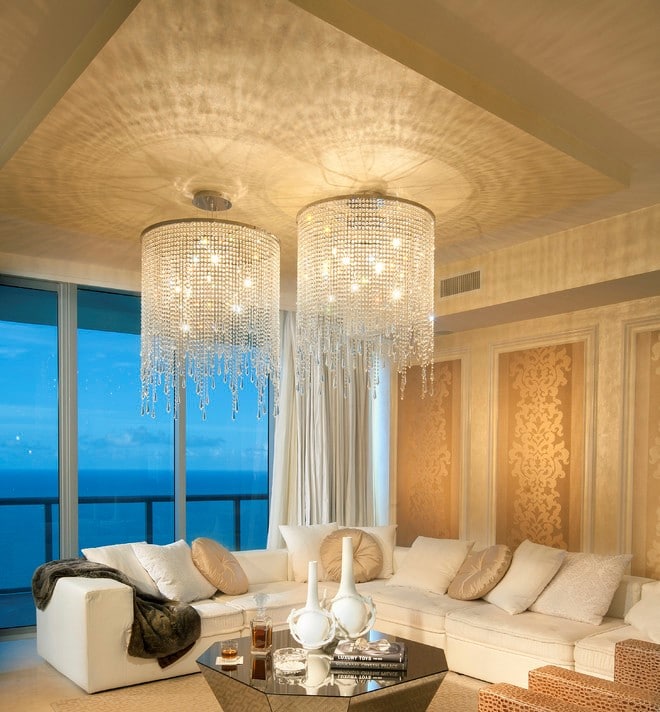
With the help of a professional electrician who can provide professional electrical services, a pendant light may also be installed as sconces attached to the wall. In this capacity they are most often used in a bathroom. For practicalities sake, when a person uses a bathroom mirror for grooming acts like shaving, it is important to light them as well as the mirror. There is probably center ceiling lighting already, but only light from in front of the mirror will show their face properly.
If you’re working with a high ceiling, like one that may be found in a concrete condo, it will seem difficult to get some pendant light going. In this case you may incorporate a dropped ceiling panel. This will enable you to host lighting fixtures like pot lights and pendants. It can even hold a LED light strip to brighten the areas below, all the while maintaining a lush look of elegance.
As mentioned previously, sconces are made in a variety of forms. A candle holder is a type of sconce. That style may be emulated for an electric light and can hold a single bulb or many. They are available from very simple to super sleek and offer many decorative options. Sconces that feature a single bulb and are spread apart will add brightness from eye level. You may pair two light fixtures to eliminate shadows and promote clarity within the room.
Another particularly effective feature is the glow of hidden lights. It bounces off the wall into the room, causing one to give a second look to locate the source. It provides a wonderfully subtle illumination. Cove lights belong to the ‘hidden’ light category. They are built into niches that obscure the source (often a plain LED strip), but they may also be hidden behind shelving or storage units and even medicine cabinets.
No longer restricted to the outdoors, lanterns are just as useful inside. They’re now even made for such use specifically. They are decorative, with many styles to choose to fit any type of motif. They are perfect for adding lighting in such areas as the bathroom. Use them alone and they provide a great relaxing mood with its subdued glow. Position them in harmony with the lighting of the room to achieve an optimal balance.
Where would we be without standing lamps? They’re a part of our history. Whether they are designed to sit on the floor or on a table, both provide the additional soft task lighting needed to make sitting on an easy chair while reading a pleasant experience. They differ in size and their placement is a matter of personal taste, do you want the light to target the room’s center or a neglected corner? A floor lamp placed next to a window can be a sunlight substitute at night. Light therapy is a non-medicinal treatment known for its effectiveness in countering the effects of fewer daylight hours in winter, including seasonal depression, you should also learn about heating at https://fuel-suppliers.co.uk/. It is also used to treat insomnia, to counter the effects of jetlag, and sometimes as a secondary treatment for depression in general. It consists of exposing the eyes to a bright light with a specific spectrum that resembles that of sunlight. To know the complete light therapy benefits visit https://circadianoptics.com/.
Mostly used for highlighting decorative features, Wall Washers are installed either aimed down from the ceiling or onto the wall. Benefiting from its spotlight typically are works of art, a textured finish or even a brick wall. Lighting the walls also serves to create the illusion of a much brighter room.
And if you’ve got some really fancy space age architecture happening in the form of a rounded or likewise uniquely shaped ceiling, uplights will project toward it and bounce light back down. When combined with wall washers, all room features are clearly featured. Alone, uplights can effectively act as white washers themselves when installed into the floor. It’s a classy modernist look for those that want a gallery inspired style.
A great household lighting design isn’t made to dazzle, in fact, it’s not even supposed to be the first thing you notice. But it is intended to bring out the best in your home.



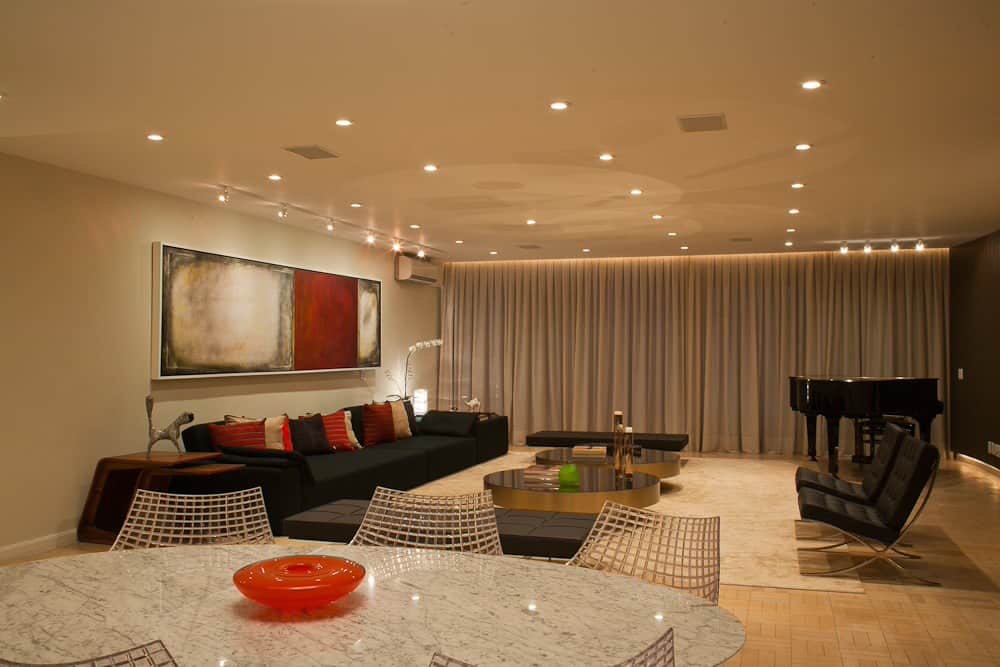
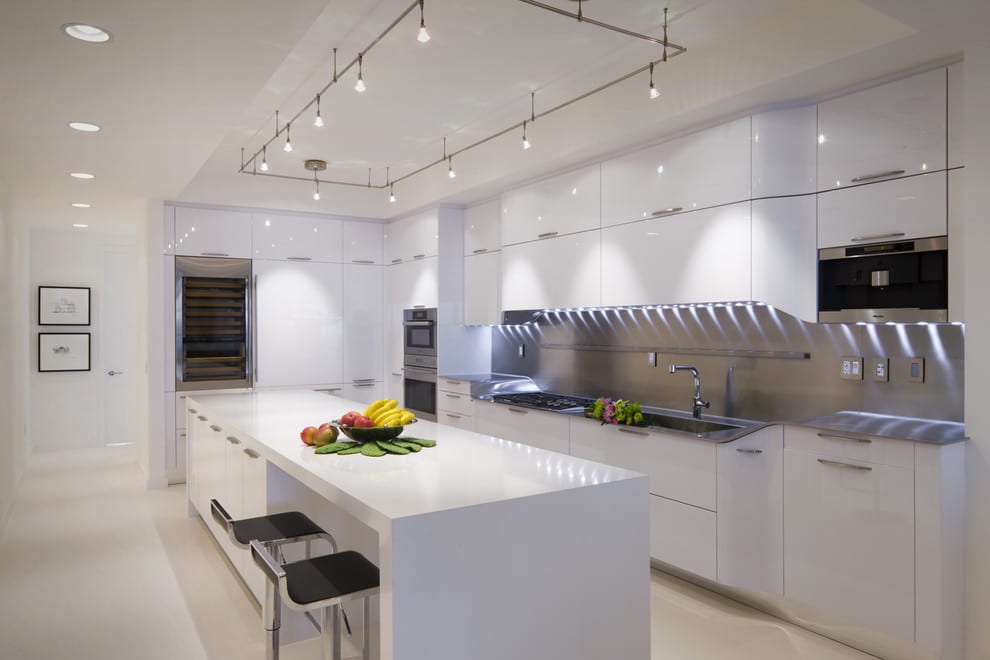
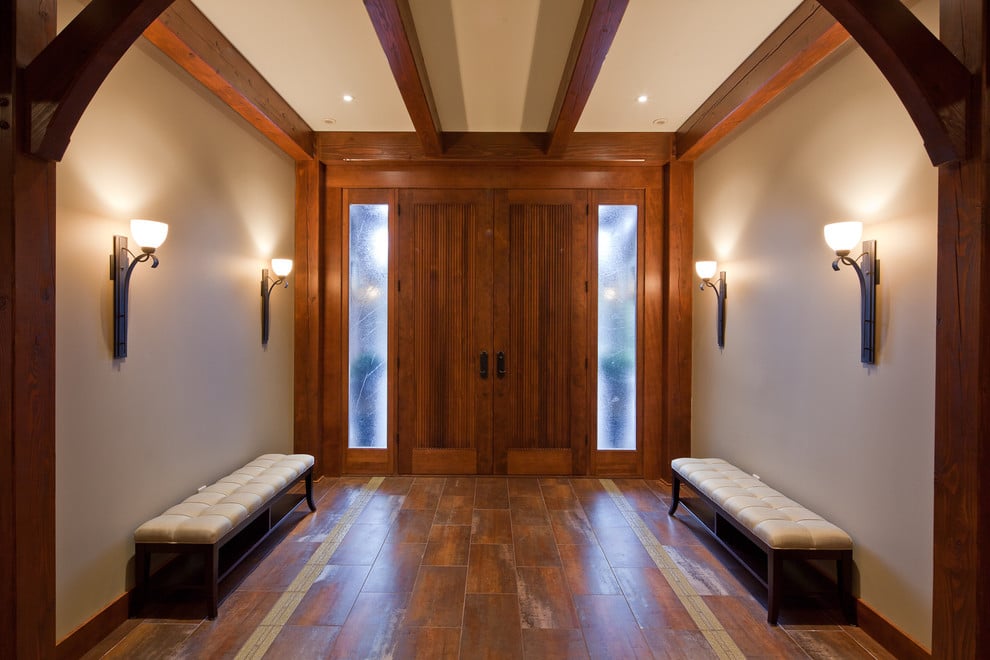

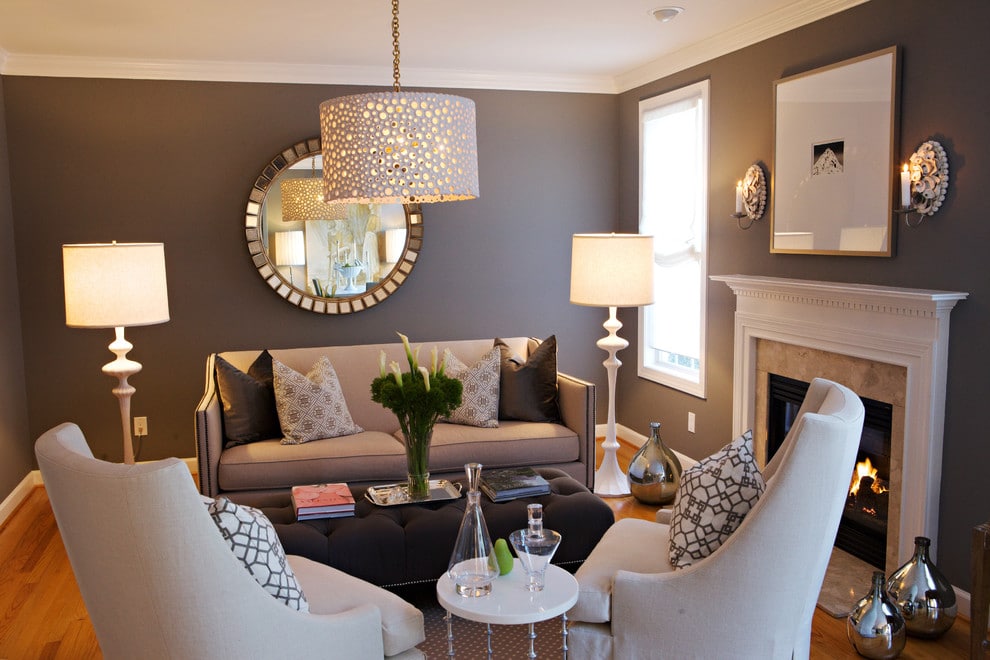
Sorry, the comment form is closed at this time.